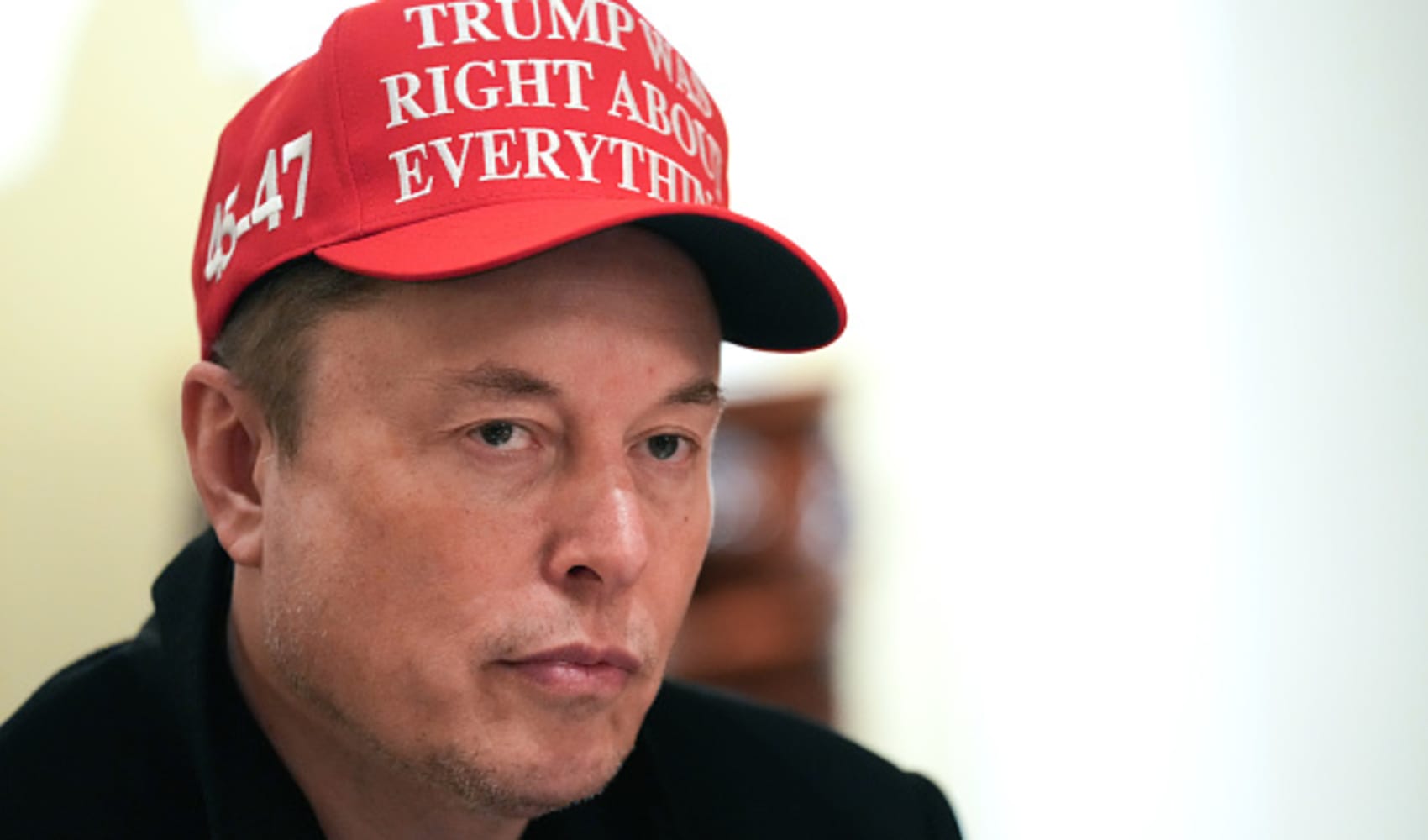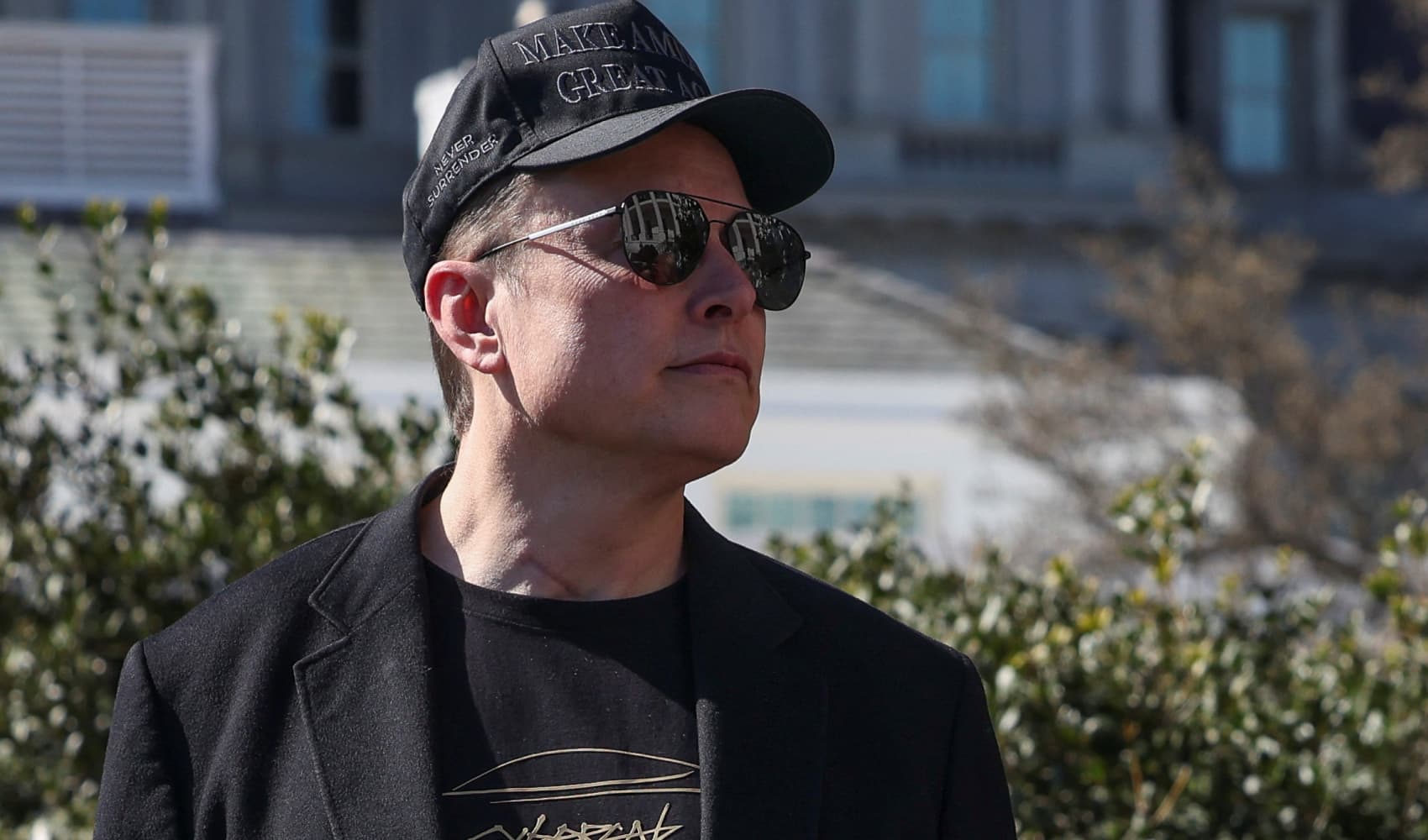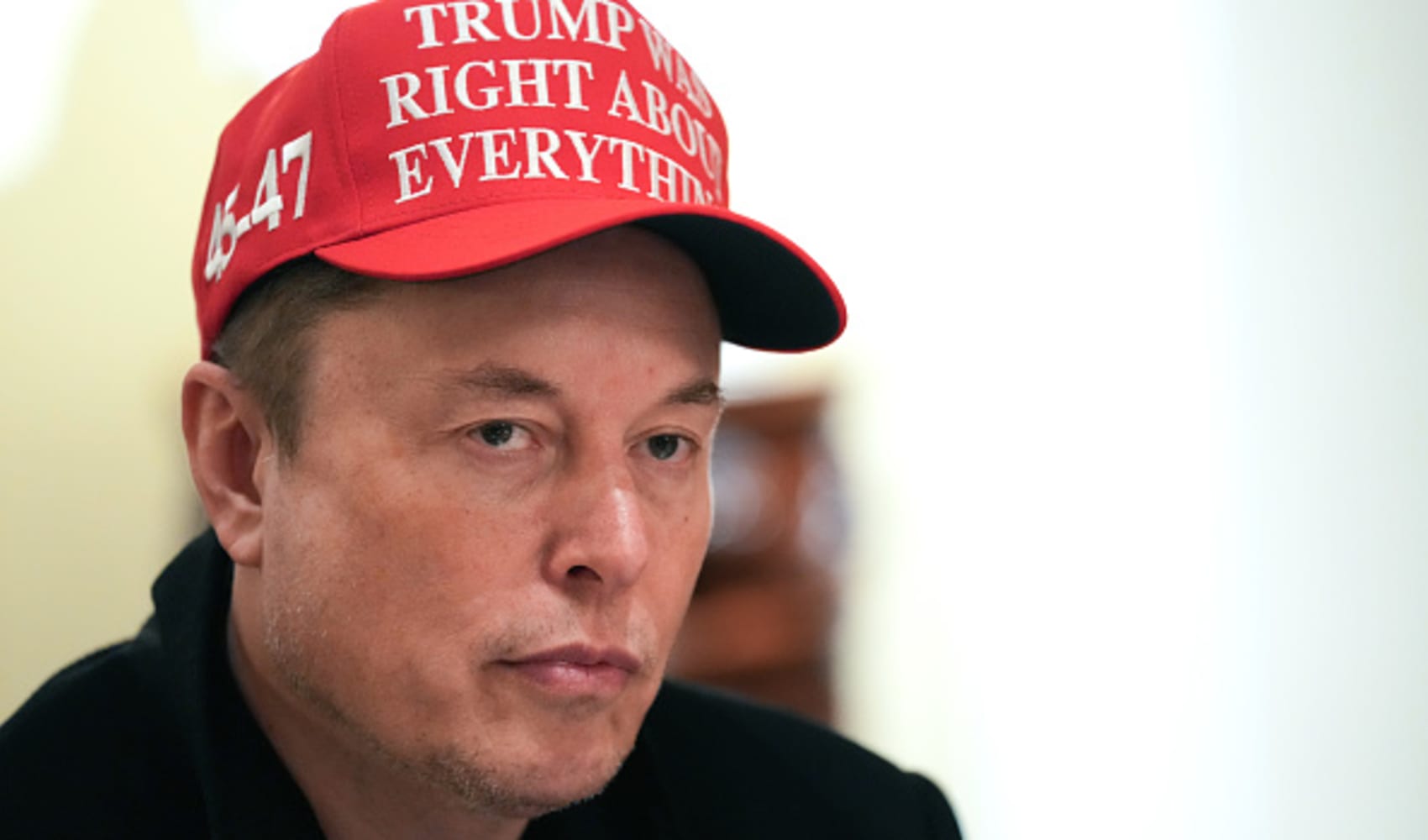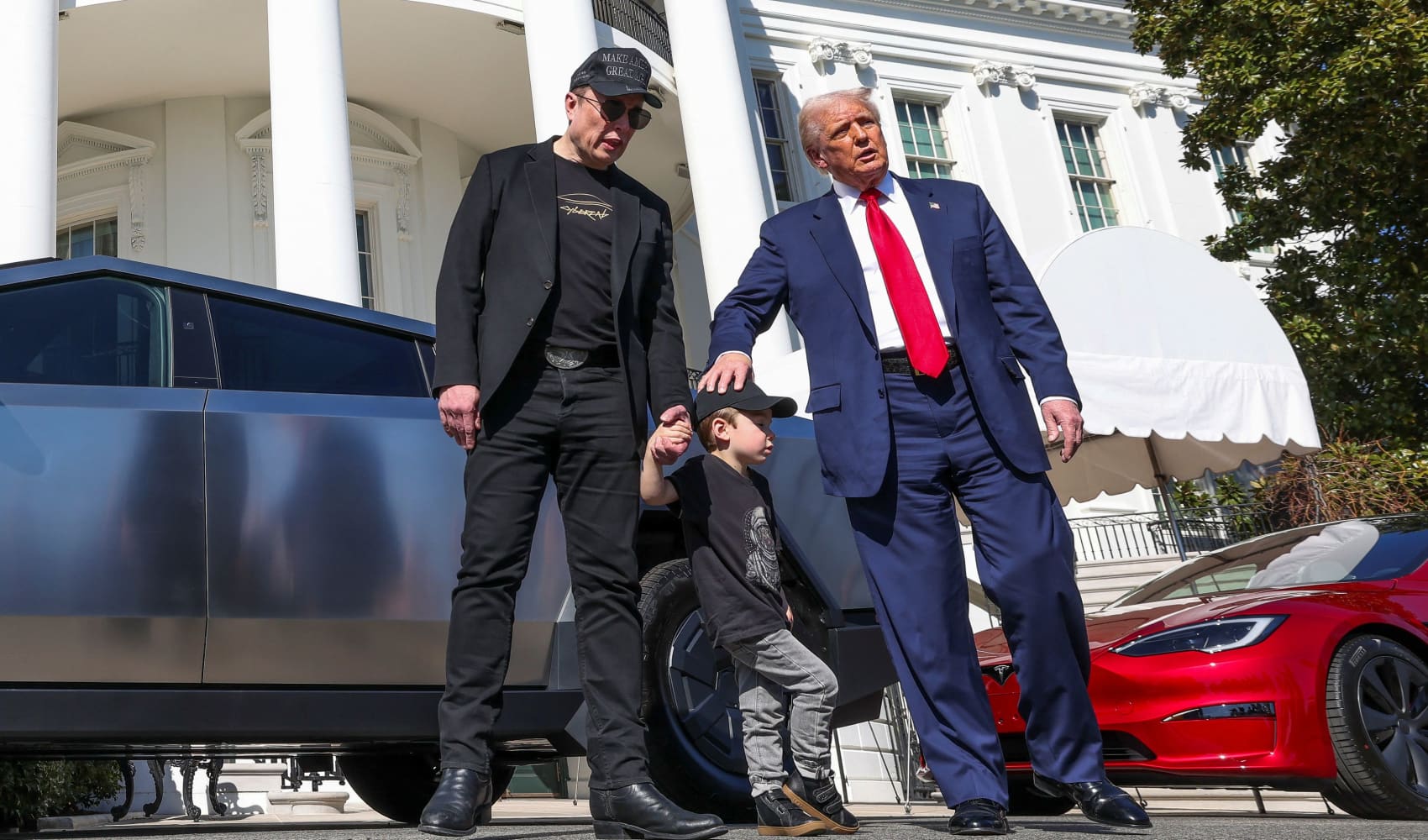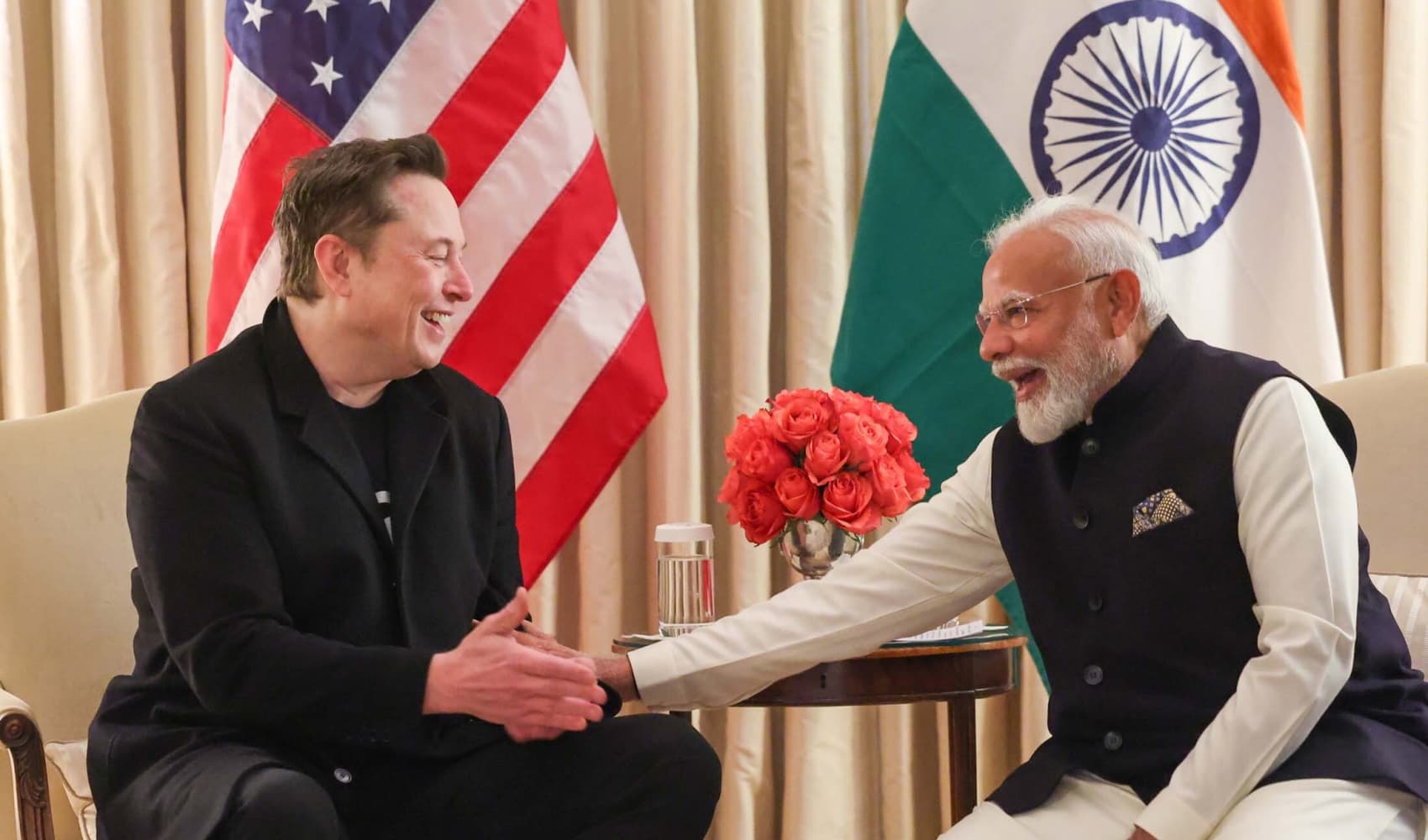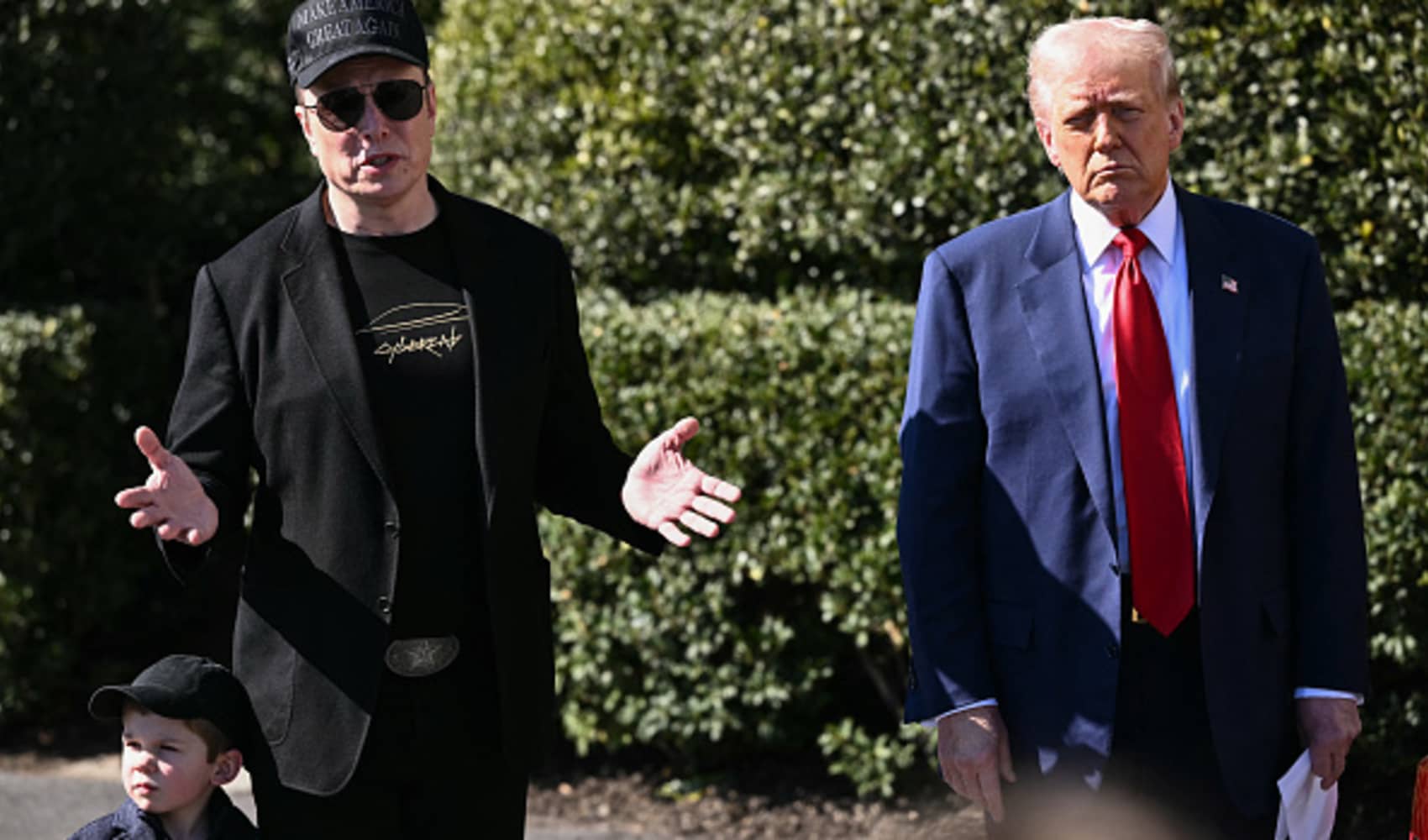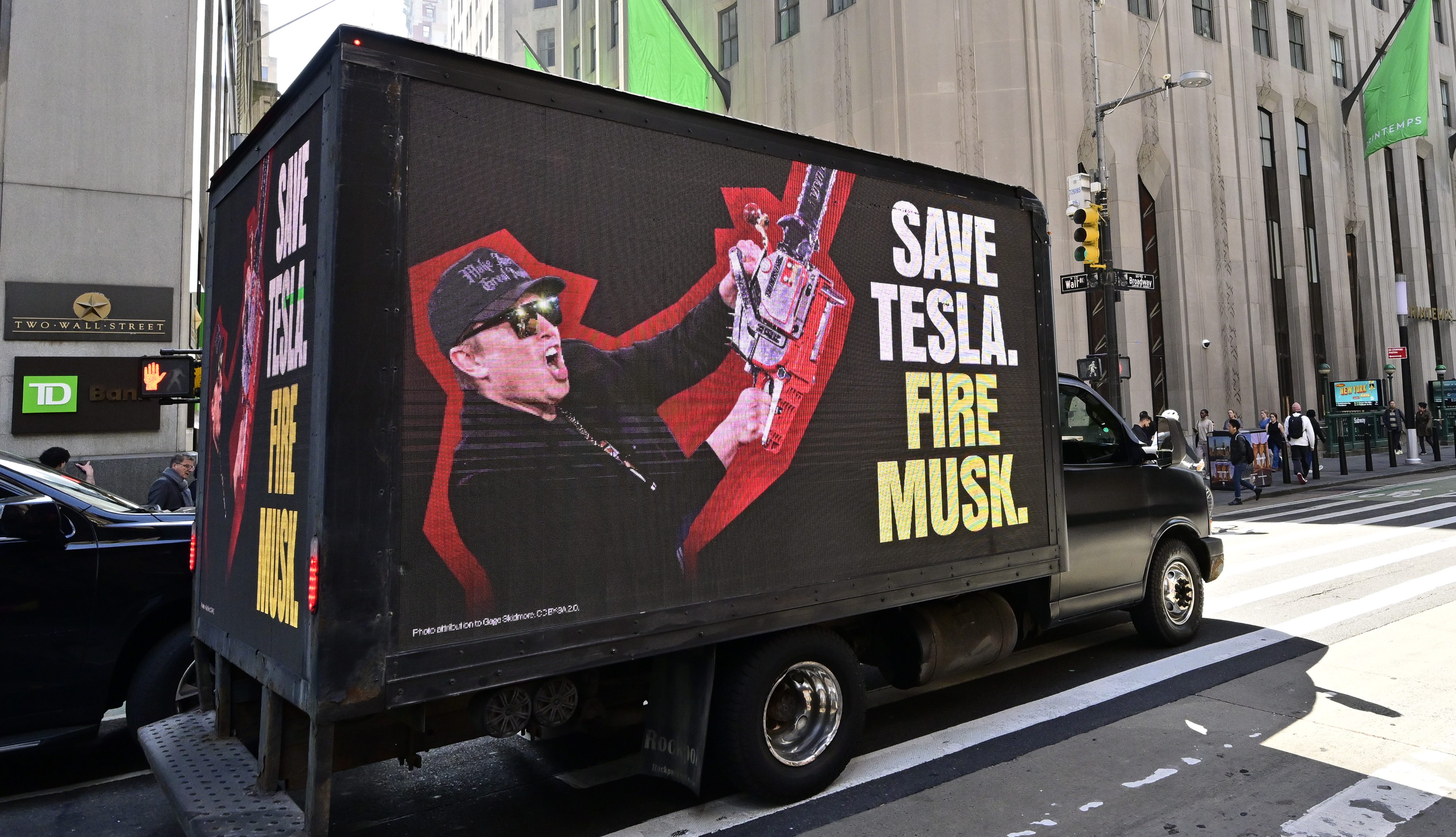Tesla's Stock Crash: Is This The End Of The Road?
Tesla Stock Plummets: Is This the Beginning of the End?
Introduction: The Tesla Tumble - What's Going On?
Tesla, the electric vehicle (EV) giant once seemingly unstoppable, has hit a major speed bump. Shares nosedived almost 6% on Monday, the day before their first-quarter earnings report was due. This isn't just a minor dip; it's a significant drop that has investors scrambling for answers. What's causing this sharp decline? Is it a temporary setback, or are there deeper, more fundamental issues at play? This article dives deep into the factors contributing to Tesla's recent struggles, offering a comprehensive analysis of the challenges facing the company.
CEO Distraction: Is Elon Musk Spread Too Thin?
Musk's Dual Role
One of the biggest concerns swirling around Tesla is the perceived distraction of CEO Elon Musk. He's not just leading Tesla; he's also at the helm of SpaceX, Neuralink, and now, X (formerly Twitter). That's a lot on one person's plate! Investors are questioning whether Musk can effectively manage all these ventures while giving Tesla the focused attention it needs, especially during these turbulent times.
Political Involvement: A Detriment to the Brand?
Adding fuel to the fire is Musk's increasing political involvement. He's been spending time with the Trump administration, raising eyebrows and potentially alienating segments of Tesla's customer base. Does this political engagement risk further “ongoing brand erosion,” as analysts suggest? After all, Tesla's appeal has always been its innovative technology and commitment to sustainability, a brand image that could be tarnished by partisan politics.
The Numbers Don't Lie: A Troubling Trend
Year-to-Date Performance
Let's face it, the numbers paint a worrying picture. The stock is down a staggering 44% year-to-date. That's a significant loss of investor confidence. Think of it like a marathon runner who's sprinting at the start and then completely losing steam. What happened to the seemingly invincible Tesla?
Worst Quarter Since 2022
The company's first quarter was its worst since 2022. This is a clear indication that something is amiss. Is it demand, production, competition, or a combination of factors? The upcoming earnings report is crucial to understanding the underlying reasons for this underperformance.
Frequent Drops: A Sign of Instability
Adding to the unease, the stock has dropped by at least 5% in a single session 12 times this year. That's a lot of volatility! It's like a rollercoaster that's constantly plunging downwards. Such frequent dips create uncertainty and can scare away even the most seasoned investors.
Demand Concerns: Are Tesla Sales Slowing Down?
Competition Heats Up
The electric vehicle market is no longer a one-horse race. Numerous automakers are now producing compelling EVs, giving consumers more choices than ever before. This increased competition is undoubtedly putting pressure on Tesla's market share.
Pricing Strategy: Is Tesla Losing its Edge?
Tesla has been adjusting its pricing strategy, sometimes lowering prices to stimulate demand. While this can attract new customers, it also raises concerns about profit margins and brand perception. Is Tesla cheapening its brand in an effort to compete? Are these price cuts enough to offset the increasing competition?
Production Problems: Can Tesla Meet Demand?
Supply Chain Issues
Like many automakers, Tesla has faced supply chain challenges in recent years. Shortages of crucial components can disrupt production and delay deliveries, frustrating customers and impacting revenue. Have these issues been resolved, or are they still hindering Tesla's ability to meet demand?
Gigafactory Challenges
Tesla's Gigafactories are designed to be efficient production hubs, but they haven't always operated smoothly. Production bottlenecks and quality control issues can hamper output and affect profitability. Are Tesla's Gigafactories operating at full capacity and efficiency?
Brand Erosion: Is Tesla Losing its Cool Factor?
Quality Control Concerns
Tesla has faced criticism regarding the quality of its vehicles. Reports of build quality issues, paint imperfections, and other problems have tarnished the brand's reputation. Can Tesla address these quality concerns and regain consumer confidence?
Customer Service Issues
Negative customer service experiences can also damage a brand's image. Long wait times for repairs, difficulty contacting customer support, and unresolved issues can lead to frustration and dissatisfaction. Is Tesla providing the level of customer service that customers expect from a premium brand?
The Macroeconomic Environment: External Pressures
Interest Rates and Inflation
The current macroeconomic environment is posing challenges for many companies, including Tesla. Rising interest rates and inflation can reduce consumer spending and make it more expensive to finance car purchases. Are these economic headwinds impacting Tesla's sales and profitability?
Geopolitical Uncertainty
Geopolitical tensions and trade disputes can also create uncertainty and affect international markets. Tesla's global operations are exposed to these risks, which can impact its supply chain, sales, and overall performance. How is Tesla navigating these geopolitical challenges?
The Elon Musk Factor: A Blessing and a Curse?
Visionary Leadership
There's no denying that Elon Musk is a visionary leader who has revolutionized the automotive industry. His ambition, innovation, and relentless pursuit of progress have been instrumental to Tesla's success. However, is he taking on too much?
Controversial Figure
Musk is also a controversial figure who often courts controversy with his tweets and public statements. This can be both a blessing and a curse. While it generates publicity, it can also alienate potential customers and damage the brand's image. Is the "Musk effect" ultimately helping or hurting Tesla at this point?
The Upcoming Earnings Report: A Make-or-Break Moment
Investor Expectations
All eyes are on the upcoming first-quarter earnings report. Investors are eager to see how Tesla performed and what the company's outlook is for the future. Disappointing results could further erode investor confidence and send the stock spiraling downward.
Key Metrics to Watch
Analysts will be closely scrutinizing key metrics such as revenue, profit margins, vehicle deliveries, and production numbers. These metrics will provide insights into Tesla's performance and help determine whether the company is on track to meet its goals.
The Future of Tesla: What Lies Ahead?
Innovation and Technology
Tesla's future depends on its ability to continue innovating and developing cutting-edge technology. The company needs to stay ahead of the competition by introducing new models, improving its existing products, and developing advanced technologies such as autonomous driving.
Expansion and Growth
Tesla also needs to expand its operations and grow its market share. This includes building new Gigafactories, entering new markets, and diversifying its product offerings. Can Tesla maintain its growth trajectory in the face of increasing competition?
Conclusion: Navigating the Storm - Can Tesla Recover?
Tesla's recent struggles highlight the challenges facing the company as it navigates a rapidly evolving electric vehicle market. Declining stock prices, concerns about CEO distraction, increased competition, and production problems have all contributed to the current situation. Whether Tesla can recover and regain its former glory depends on its ability to address these challenges, innovate, and adapt to the changing landscape. The upcoming earnings report is a critical juncture that will provide valuable insights into the company's future prospects. So, is this the beginning of the end for Tesla? Only time will tell.
Frequently Asked Questions (FAQs)
Q: Why are Tesla shares dropping?
A: Several factors contribute to Tesla's stock decline, including concerns about CEO Elon Musk's focus, increased competition in the EV market, production challenges, and potential brand erosion. Poor quarterly reports have also factored into the tumbling stock price.
Q: Is Elon Musk hurting Tesla's brand?
A: Elon Musk's controversial public persona and political involvement could be alienating some customers and negatively impacting Tesla's brand image. However, his vision and innovation have also been crucial to Tesla's success.
Q: What are the biggest challenges facing Tesla right now?
A: Tesla faces challenges such as increasing competition, production bottlenecks, quality control issues, and macroeconomic headwinds like rising interest rates and inflation.
Q: How important is the upcoming earnings report?
A: The upcoming first-quarter earnings report is crucial. It will provide insights into Tesla's performance and outlook for the future, potentially impacting investor confidence and stock price.
Q: What can Tesla do to turn things around?
A: To improve, Tesla needs to focus on innovation, address quality control issues, enhance customer service, optimize production, and navigate the macroeconomic challenges effectively.
